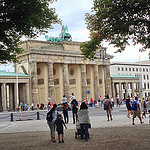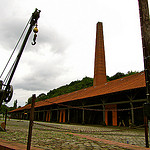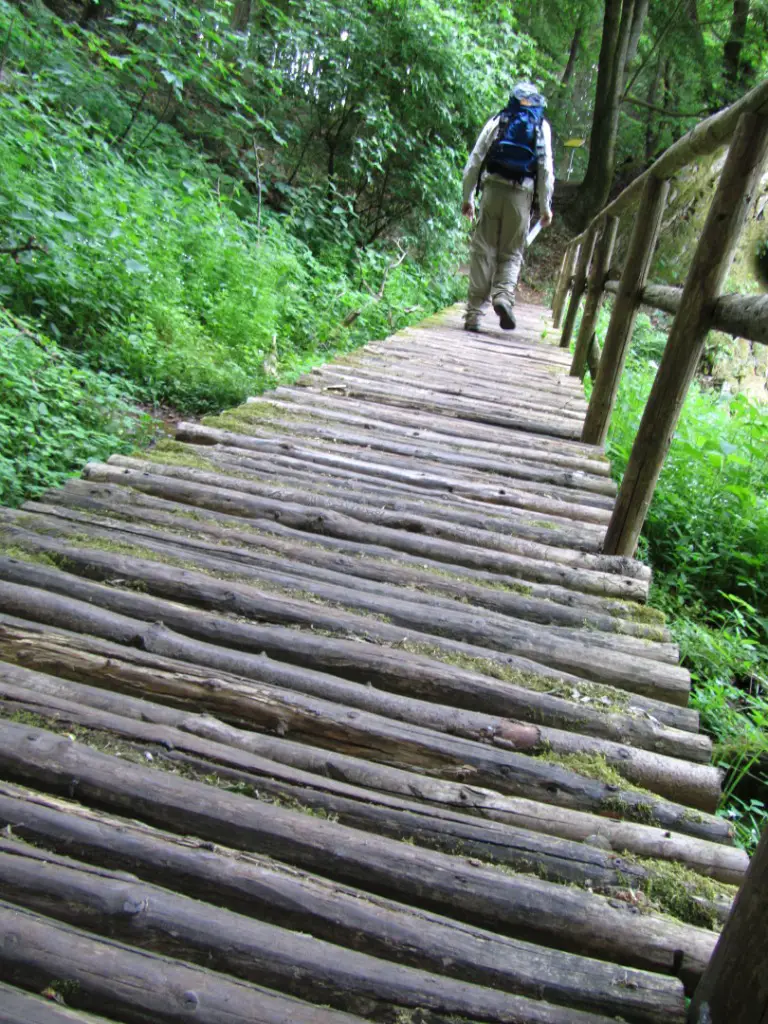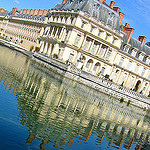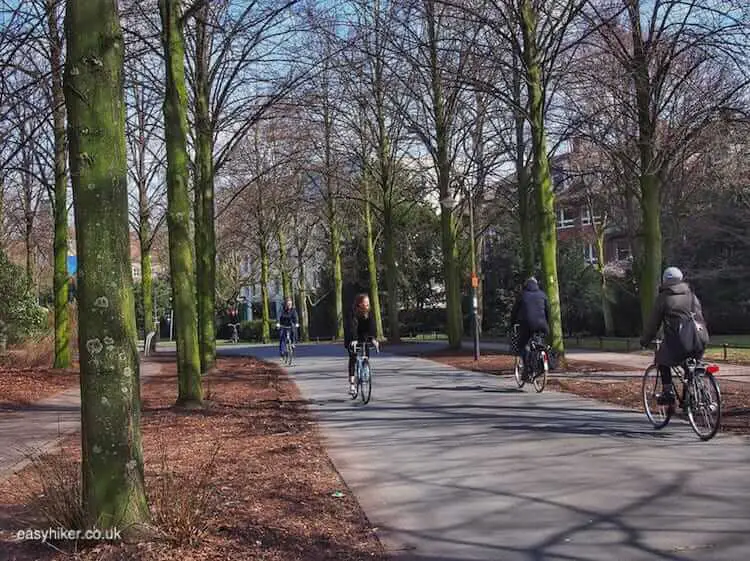What is a Forest?
Hands up everybody who spontaneously said “Something with a lot of trees in it.”
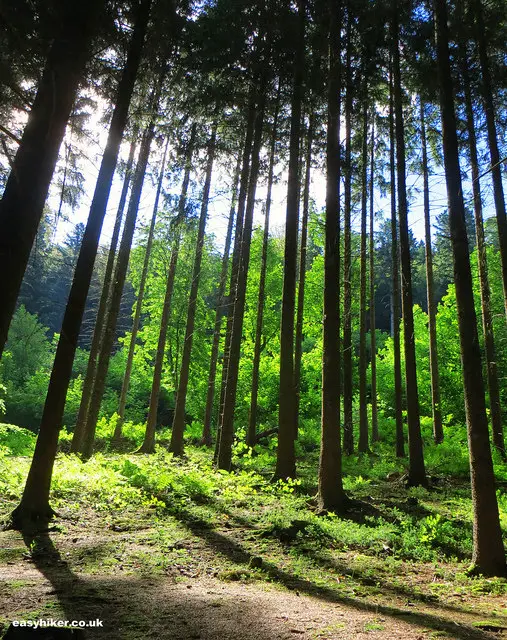
Strange, isn’t it, how much we take certain things for granted without ever thinking much about them. Forests are there – because they have always been there, haven’t they?
This is an idea that probably still lurks around in many people’s heads: that forests are the land that was left standing when everything around them was turned into wheat fields or supermarket car parks.
As far as Europe is concerned, this may have been true in the Middle Ages (minus the supermarket car parks). Forests then were truly scary places, full of dense underwood, predatory wild animals, fairies, elves and witches.
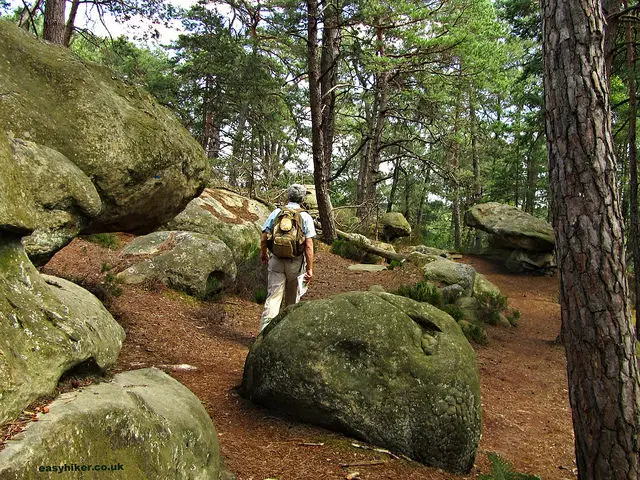
Today, if you want to see what a truly untouched, primeval forest looks like, you have to travel to the sub-arctic areas of Canada or Russia and the tropical rain forests of Brazil.
Most forests in the temperate zones – outside the reservations of the “National Parks” – are best thought of as “tree farms”. Unromantic, I know, but true.
Still, there are differences, and they are mainly the results of different farming methods.
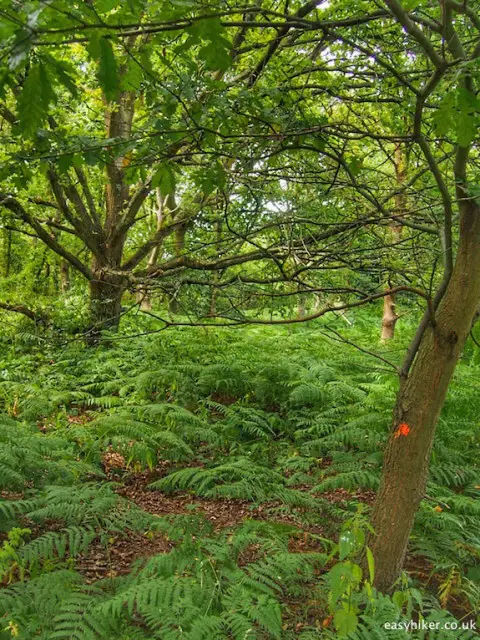
Through most of our recent history, forests were harvested like corn fields, hundreds of acres at a time. This is known as “clear-felling” and the forestry equivalent to a plantation economy: you need a lot of land for it, a large workforce, resources that enable you to manage your forest on an industrial scale.
In the early 18th century, less grand owners – at the time, this meant: minor aristocrats – realized that there was an alternative to this kind of forest economy, that you could also manage your forests by harvesting smaller numbers of trees in different parts of the forest, selling these trees individually rather than in bulk.
In 1713, Hans-Carl von Carlowitz published his book “Sylvicultura Oeconomica”, and the idea of sustainable forestry was born.
Over time, von Carlowitz’s ideas developed into the modern concept of the “Dauerwald” – literally the “permanent forest”, but English literature generally uses the original German word – which is characterized by a mix of different tree species and ages.
For the owner of the forest, Dauerwald management generates a range of palpable benefits: a more consistent cash flow, lower financial risks, fewer manpower requirements.
It is only more recently that other advantages of the Dauerwald have come into focus. For one, its gentler use of natural resources – smaller pieces such as branches can be sold in small quantities to local furniture and fence makers rather than the wood chopping industry – is more in tune with the times, and the mix of different tree species and the presence of older trees have allowed rare birds and insects to settle.
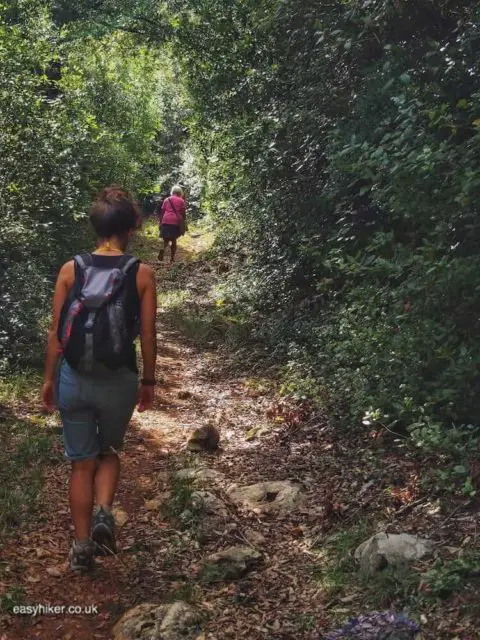
Above all, however, the Dauerwald is much better prepared to meet the challenges of climate change. The gradual rise in temperature and the ongoing changes in annual rainfall patterns are threatening spruce and pine trees. They may disappear altogether from the forests of the temperate zones by the middle of this century, so new species must be subjected to extended trials and tentatively introduced.
Von Carlowitz would be surprised at the modern interest in his ideas. The challenge of his day and age was the lack in building materials for a country that was still suffering from the catastrophic consequences of the Thirty Years War, not climate change.
But that’s what good ideas sometimes do: they come back to pop up in the most unexpected of contexts.

